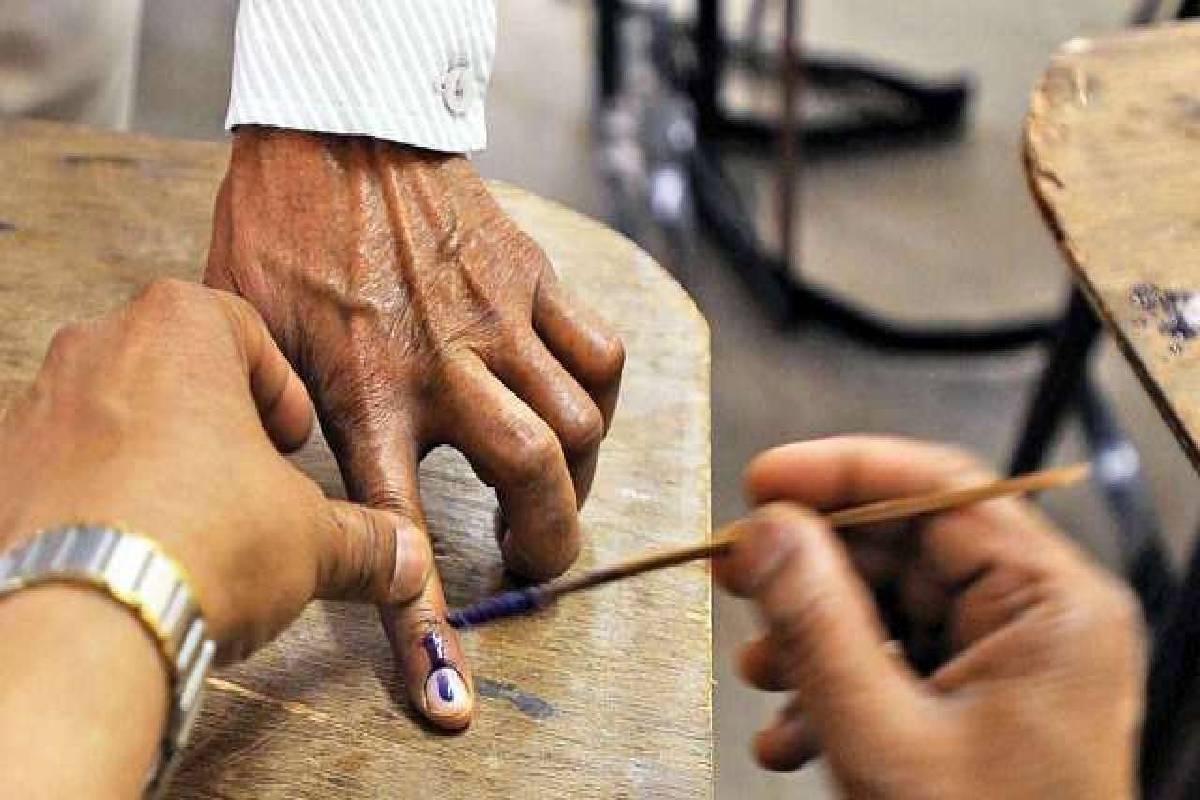Caste dynamics often play a pivotal role, especially in a state as politically significant as Uttar Pradesh. The recent revelations regarding the caste-wise distribution of candidates for the Lok Sabha elections in the state underscore a compelling shift in the traditional power dynamics.
At the forefront of this shift is the Samajwadi Party (SP)-led INDIA bloc, which has strategically chosen to field a higher number of candidates from backward castes and Dalit communities compared to the ruling Bharatiya Janata Party (BJP). This is not merely a tactical manoeuvre but a bold statement challenging the BJP’s hegemony among marginalised Hindu communities. We cannot overlook the significance of caste arithmetic in Uttar Pradesh, where OBCs and Dalits collectively constitute a substantial portion of the population.
Advertisement
By prioritising the representation of these communities in candidate selection, the opposition parties aim to dismantle the BJP’s unchecked dominance and appeal to the critical backward class vote. However, the strategic calculus behind this move is not devoid of complexities. While the Samajwadi Party (SP) aims to counter the BJP’s narrative of appeasing only certain caste groups, it falls short in adequately representing Muslims, who form a significant demographic in the state. The disparity between the SP’s slogan of ‘Pichda, Dalit, Alpsankhyak’ and its actual candidate selection raises questions about the party’s commitment to inclusive representation.
Nevertheless, the SP’s decision to increase the representation of non-Yadav OBCs and Dalits marks a significant departure from its traditional stronghold on Yadav-centric politics. By diversifying its candidate pool, the party seeks to broaden its appeal beyond its traditional base and challenge the BJP’s narrative of catering solely to dominant Hindu communities. On the other hand, the BJP’s caste breakdown reveals a nuanced approach aimed at consolidating support from various caste groups.
While the party nominates candidates from dominant Hindu communities like Brahmins and Thakurs, it also strategically includes representatives from other backward castes to maintain its broad-based appeal. However, the BJP’s failure to field a single Muslim candidate is telling, and it is such exclusion that continues to alienate minority communities. Despite its claims of representing OBCs and Dalits, the party’s candidate selection reflects a disproportionate focus on dominant caste groups, further exacerbating existing caste-based inequalities.
As Uttar Pradesh braces for yet another electoral showdown, the caste dynamics at play signal a potential paradigm shift in the state’s political landscape. The SP-led INDIA bloc’s emphasis on inclusive representation challenges the BJP’s narrative of exclusivity, offering a glimmer of hope for marginalised communities seeking greater political agency. Ultimately, the outcome of the elections will hinge on multiple factors, including issues of Hindutva, Hindu polarisation, resource allocation and developmental initiatives of the incumbent state government. However, by prioritising the representation of OBCs and Dalits, the opposition parties have taken a step towards fostering a more inclusive and equitable political environment in Uttar Pradesh.









